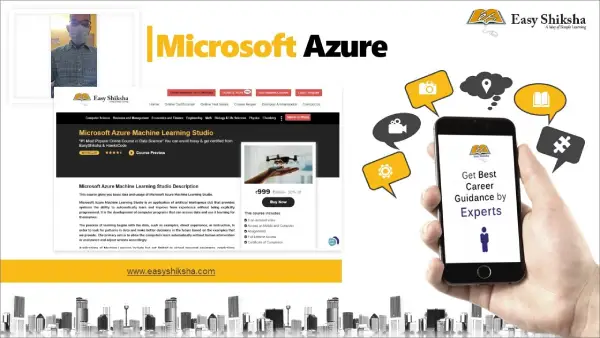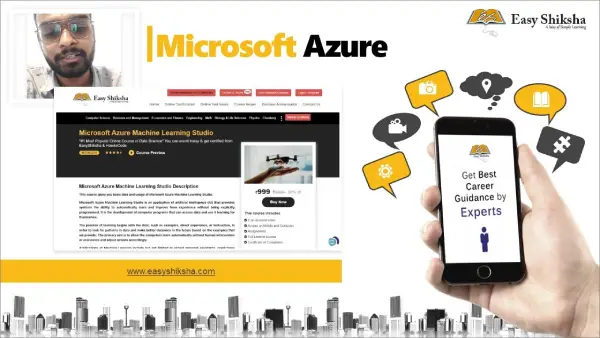Welcome to the Mastering Oracle PL/SQL course, an in-depth and comprehensive program designed for database developers aiming to elevate their expertise in Oracle's powerful procedural language for SQL, PL/SQL. Whether you're a beginner looking to establish a strong foundation or an experienced developer seeking to enhance your skills, this course offers a structured and hands-on learning experience that caters to various proficiency levels.
Course Overview:
CHAPTER 1 PL/SQL Concepts
LAB 1.1 PL/SQL in Client/Server Architecture
1.1.1 Use PL/SQL Anonymous Blocks
1.1.2 Understand How PL/SQL Gets Executed
LAB 1.2 PL/SQL in SQL*Plus
1.2.1 Use Substitution Variables
1.2.2 Use the DBMS_OUTPUT.PUT_LINE Statement
CHAPTER 2 General Programming Language
LAB 2.1 PL/SQL Programming Fundamentals
2.1.1 Make Use of PL/SQL Language Components
2.1.2 Make Use of PL/SQL Variables
2.1.3 Handle PL/SQL Reserved Words
2.1.4 Make Use of Identifiers in PL/SQL
2.1.5 Make Use of Anchored Datatypes
2.1.6 Declare and Initialize Variables
2.1.7 Understand the Scope of a Block, Nested Blocks, and Labels
CHAPTER 3 SQL in PL/SQL
LAB 3.1 Making Use of DML in PL/SQL
3.1.1 Use the Select INTO Syntax for Variable Initialization
3.1.2 Use DML in a PL/SQL Block
3.1.3 Make Use of a Sequence in a PL/SQL Block
LAB 3.2 Making Use of SAVEPOINT
3.2.1 Make Use of COMMIT, ROLLBACK, and SAVEPOINT in a PL/SQL Block
CHAPTER 4 Conditional Control: IF Statements
LAB 4.1 IF Statements
4.1.1 Use the IF-THEN Statement
4.1.2 Use the IF-THEN-ELSE Statement
LAB 4.2 ELSIF Statements
4.2.1 Use the ELSIF Statement
LAB 4.3 Nested IF Statements
4.3.1 Use Nested IF Statements
CHAPTER 5 Conditional Control: CASE Statements
LAB 5.1 CASE Statements
5.1.1 Use the CASE Statement
5.1.2 Use the Searched CASE Statement
LAB 5.2 CASE Expressions
5.2.1 Use the CASE Expression
LAB 5.3 NULLIF and COALESCE Functions
5.3.1 The NULLIF Function
5.3.2 Use the COALESCE Function
CHAPTER 6 Iterative Control: Part I
LAB 6.1 Simple Loops
6.1.1 Use Simple Loops with EXIT Conditions
6.1.2 Use Simple Loops with EXIT WHEN Conditions
LAB 6.2 WHILE Loops
6.2.1 Use WHILE Loops
LAB 6.3 Numeric FOR Loops
6.3.1 Use Numeric FOR Loops with the IN Option
6.3.2 Use Numeric FOR Loops with the REVERSE Option
CHAPTER 7 Iterative Control: Part II
LAB 7.1 The CONTINUE Statement
7.1.1 Use the CONTINUE Statement
7.1.2 Use the CONTINUE WHEN Condition
LAB 7.2 Nested Loops
7.2.1 Use Nested Loops
CHAPTER 8 Error Handling and Built-in Exceptions
LAB 8.1 Handling Errors
8.1.1 Understand the Importance of Error Handling
LAB 8.2 Built-in Exceptions
8.2.1 Use Built-in Exceptions
CHAPTER 9 Exceptions
LAB 9.1 Exception Scope
9.1.1 Understand the Scope of an Exception
LAB 9.2 User-Defined Exceptions
9.2.1 Use User-Defined Exceptions
LAB 9.3 Exception Propagation
9.3.1 Understand How Exceptions Propagate
9.3.2 Reraise Exceptions
























































Qorban Ali
-
22 Nov 2024Very well-structured lab-based course. I now understand Pl/Sql database , oracal,
Danish Ali
-
10 Sep 2024Excellent course! It provides in-depth coverage of PL/SQL with practical examples, perfect for aspiring and experienced database developers